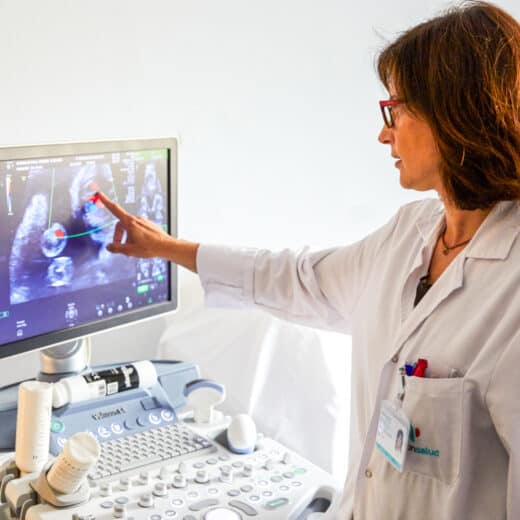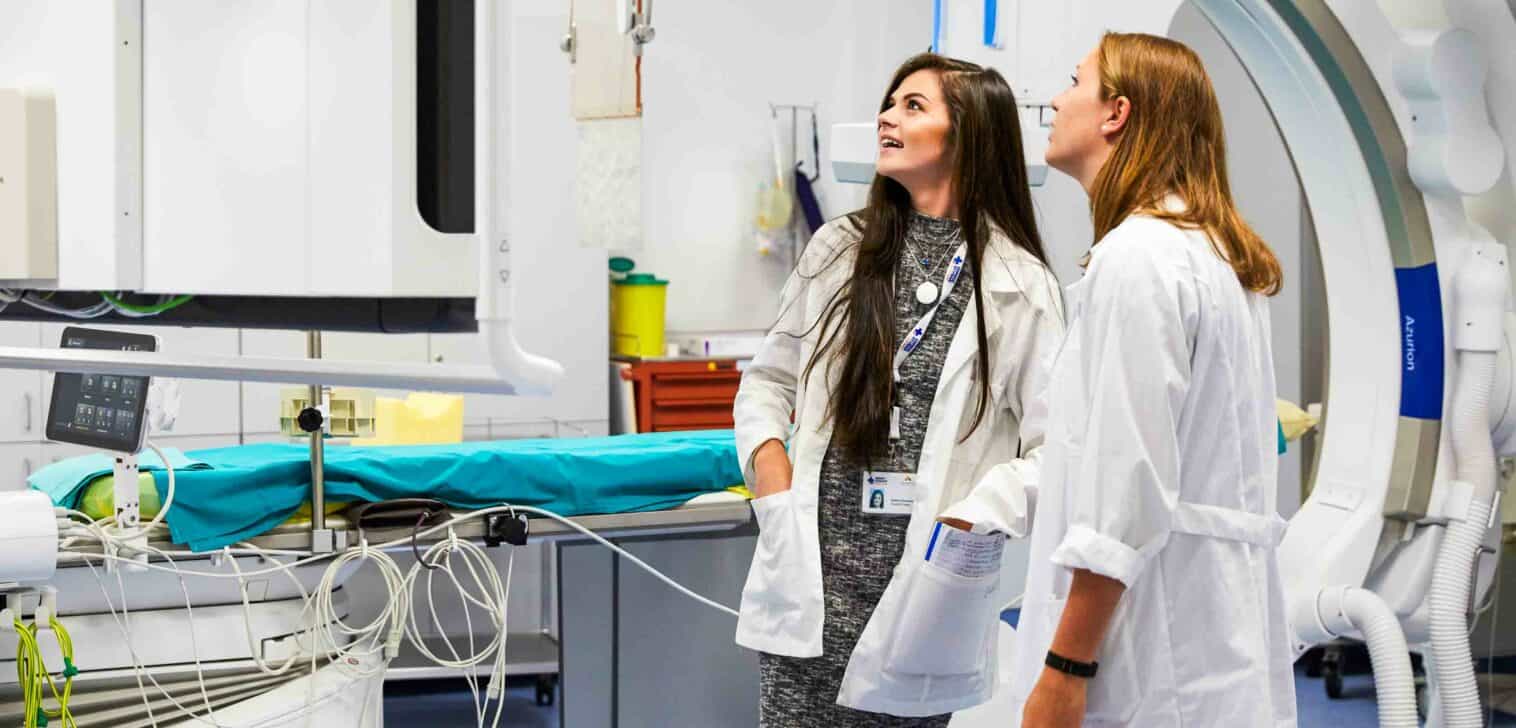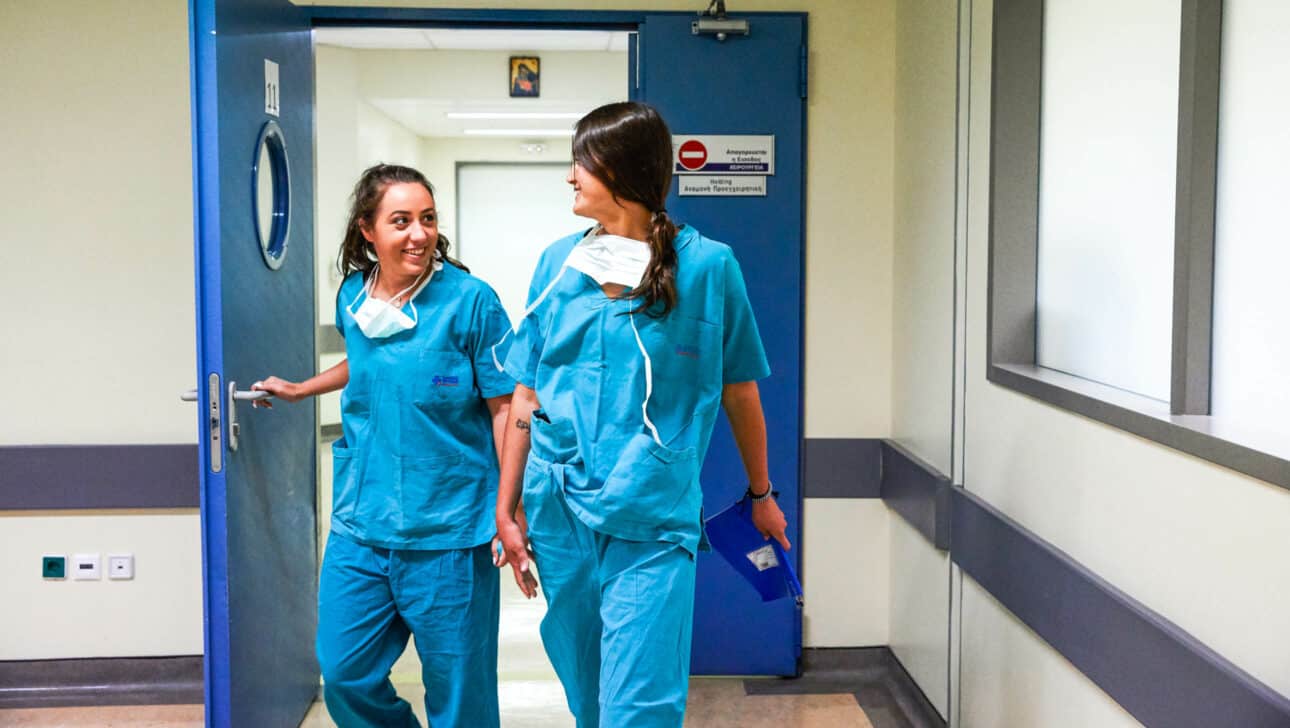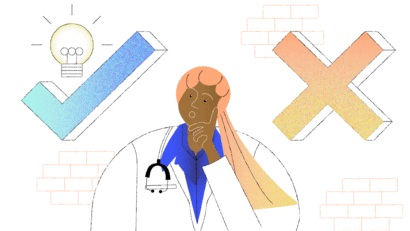
Applying to Med/PA School
3 Things You Need to Know About the AAMC’s New Traffic Rules for 2019
About Stephanie
A native of Indianapolis, Stephanie Asdell is a first-year medical student at Indiana University. In 2018, she graduated from Duke University with a major in cultural anthropology and double minors in biology and global health. In addition to medical school, she plans to later pursue a Masters in Public Health to further her interests in community and women’s health.
1. What are traffic rules?
Your AMCAS was sent in months ago, your interviews are complete and you’ve been accepted or waitlisted by several schools. It’s exciting to imagine yourself in this scenario, but there’s one final hurdle to jump: choosing among your options. How will you stay on top of communication with the programs that have accepted or waitlisted you? Because the folks at the Association of American Medical Colleges (AAMC) understand this difficulty, they’ve created something called the Choose Your Medical School Tool — your best friend during the final phase of the process.
The Choose Your Medical School tool is a new part of the guidelines, informally called traffic rules, recommended by the AAMC to streamline communication about admissions decisions and matriculation, (or enrollment and commitment to a school), between applicants and MD or MD/PhD programs. Cooperation between these parties ensures that all spots are filled by the end of the application cycle and the beginning of the school year. For applicants, the new guidelines centralize and standardize communication about enrollment and interest in programs in the spring of the application cycle.
Traffic rules replace the Multiple Acceptance Report (MAR). Through this old system, MD and MD/PhD programs were given a list of applicants every February who were accepted into at least one medical school. In April, programs also received a list of applicants with more than one acceptance. Medical programs might have used this list to make sure they were not competing with other schools over the same students and to extend additional acceptance offers to fill all seats in their programs.
The Choose Your Medical School tool, first made available in February 2019, is intended to replace this list. Made available to applicants with 1+ acceptance offers through the AMCAS portal, it requires applicants to communicate according to a specific timeline during the spring of the application cycle.
Keep in mind that the new tool is intended to supplement communication between applicants and schools, not replace it. The AAMC can only recommend traffic rules, and program-specific guidelines through the MSAR are still the ultimate governing body over applicant-program communication about matriculation.
Summary:
-
Traffic rules are the new AAMC guidelines for communication between applicants and MD or MD/PhD programs regarding enrollment and waitlists.
-
Applicants with 1+ admissions/waitlist notifications should utilize the Choose Your Medical School between February – April 2019.
-
Traffic rules are not the official communication system between applicants and programs; defer to program-specific timelines and rules for enrollment and waitlists.
2. What is the timeline for traffic rules?
This application cycle, the AAMC is requesting action on applicants’ part if they have received one or more acceptances to medical school (this does not include waitlist notifications or rejections). Here are three important dates and accompanying information to know in the 2019 timeline:
February 19, 2019:
-
The Choose Your Medical School Tool becomes accessible through the AMCAS portal if you have received one or more acceptance offers.
-
You can now select “Plan to Enroll” for one school of your choice.
-
You are still allowed to hold other acceptances and/or waitlists.
-
You can keep interviewing. If you are offered another acceptance, you may change your “Plan to Enroll” intent.
-
At this point, medical schools can see the number of applicants who have selected “Plan to Enroll” at their school vs. other schools, without identifying information.
April 15, 2019:
-
On or by this date, AAMC requests that you narrow your acceptances to three schools and communicate your withdrawal directly with the remaining schools. You are still allowed to hold other acceptances and/or waitlists; this is only a request by the AAMC so schools have a more realistic number of students who are still interested in their programs.
-
You may still change your “Plan to Enroll” selection to another school.
-
At this point, medical schools can see only the number of applicants who have selected “Plan to Enroll” at their school vs. other schools, without identifying information.
April 30, 2019:
-
On or by this date, AAMC requests that you select one school. You can now:
-
Select “Plan to Enroll” at one school and remain on waitlists at other schools. You can still select “Commit to Enroll” for this school at a later date (if the school-specific timeline for matriculation allows), or select “Plan to Enroll” for an acceptance at another school received at a later date.
-
Select “Commit to Enroll” at one school, which indicates your serious intent to matriculate into the program AND that you have withdrawn acceptances and/or waitlists from other schools. This selection is not the final confirmation of your commitment and withdrawals from other programs; you must reach out directly according to school-specific guidelines to communicate both your commitment and withdrawals.
-
-
At this point, medical schools can see the names of students who have selected “Plan to Enroll” versus “Commit to Enroll” on their acceptance lists and waitlists. In October, medical schools will be able to see where the students they accepted or waitlisted decided to matriculate (long after you have enrolled in your school of choice).
Here is the traffic rules timeline published by the AAMC for 2019:
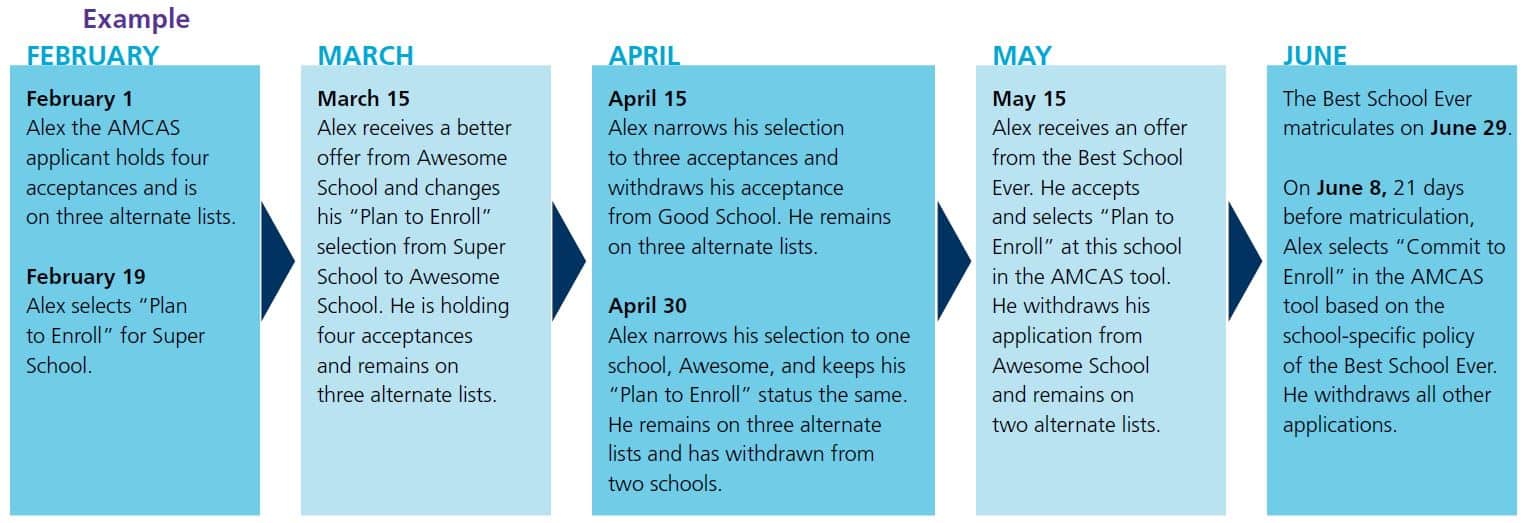
3. How does this affect me?
-
If you are on a waitlist for a program, selecting “Plan to Enroll” for that program might be looked upon favorably by a school that is seeking to choose students from their waitlist. While “Plan to Enroll” does not mean you are bound to a school, your selection communicates that you have not committed to another program and that you are still interested in the school.
-
If you are on a waitlist and wish to further communicate your interest in the program via a Letter of Intent or update letter, you could now write that you have selected “Plan to Enroll” for that program. However, it is essential that you are honest about your intent to matriculate in a program; do not write that you will mark “Commit to Enroll” if later offered acceptance if you do not intend to do so. As with past Letters of Intent, admissions committees could view this behavior as disingenuous and grounds for rescinding their offer if they discover dishonest commitment on your part.
-
Again, making your enrollment selections through the Choose Your Medical Tool according to the AAMC’s timeline is optional. The most important and mandatory communication still remains between you and the programs to which you have been waitlisted or accepted. On your part, using AAMC’s tool is a way to help medical schools gauge which applicants maintain interest in their programs. This allows them to extend the appropriate number of acceptances and protect their enrollment yield.
What to keep in mind for AAMC’s new traffic rules:
-
Choose Your Medical School Tool is brand-new for 2019 and replaces an older system for managing applicants with multiple acceptances/waitlists. At this point, the effect of the new guidelines on admissions processes is unclear.
-
Your use of the Choose Your Medical School tool will ultimately help notify MD and MD/PhD programs how many and which applicants are still interested in their program by April.
-
For updates during this cycle, keep checking the AAMC’s official recommendations as well as school-specific rules
Our Alumni Enter Great Medical Schools
About Atlantis
Atlantis is the leader in pre-health shadowing and clinical experience, offering short-term programs (1-10 weeks) over academic breaks for U.S. pre-health undergraduates. Medical schools want 3 things: (1)healthcare exposure, (2)GPA/MCAT, and (3)certain competencies. Atlantis gives you a great version of (1), frees you to focus on (2), and cultivates/shows (3) to medical school admissions committees.

Watch Video: The Atlantis Shadowing Experience and How it Helps In Your Med/PA Admissions Future
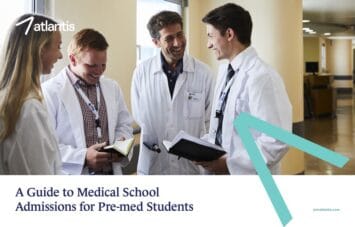
Two Atlantis alumni admitted to Top 5 MD programs wrote our widely read medical school admissions guidebook — download yours.
Get our 76-page medical school admissions guidebook, by Atlantis alumni at Harvard Medical School and Stanford School of Medicine.
